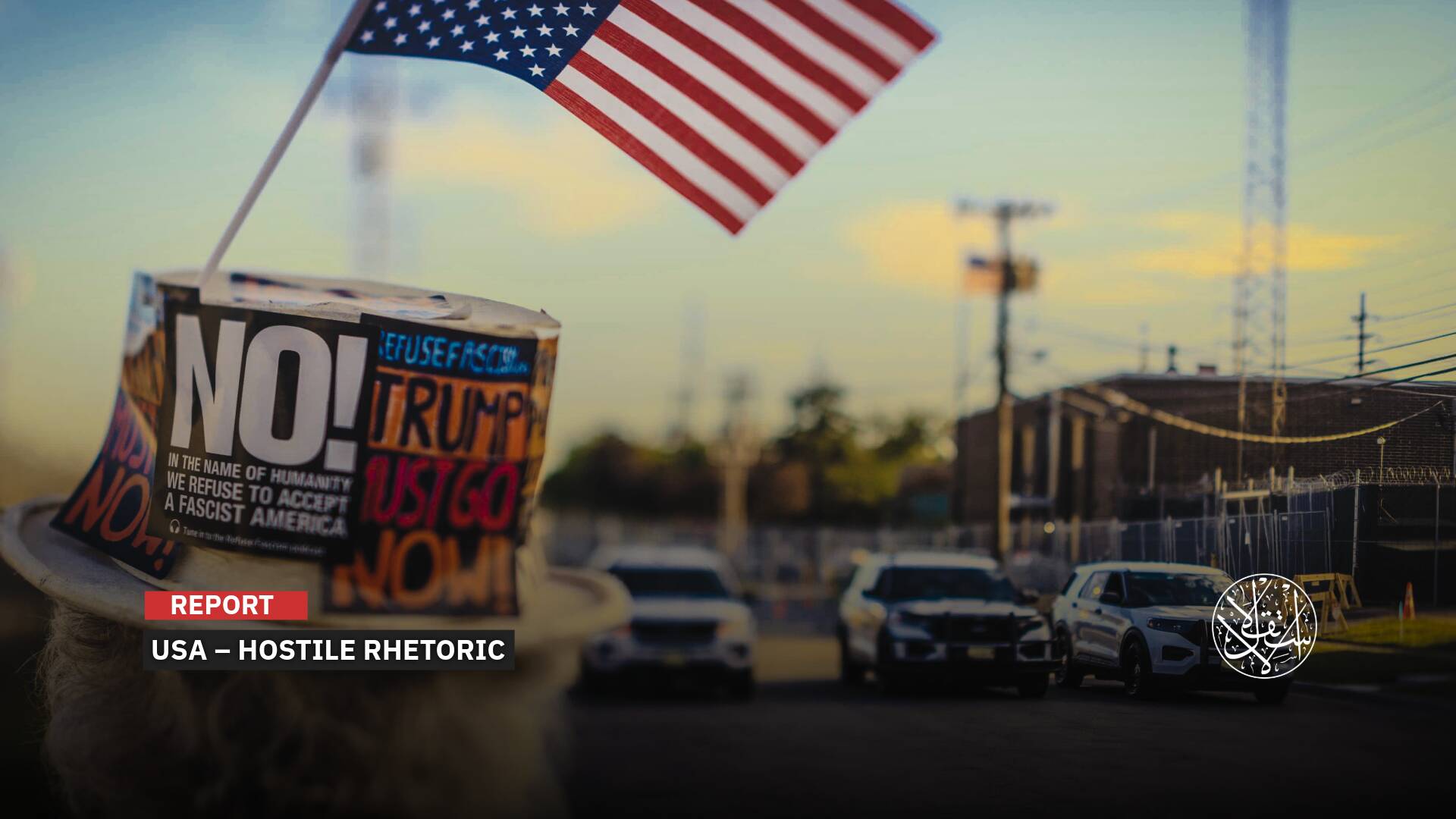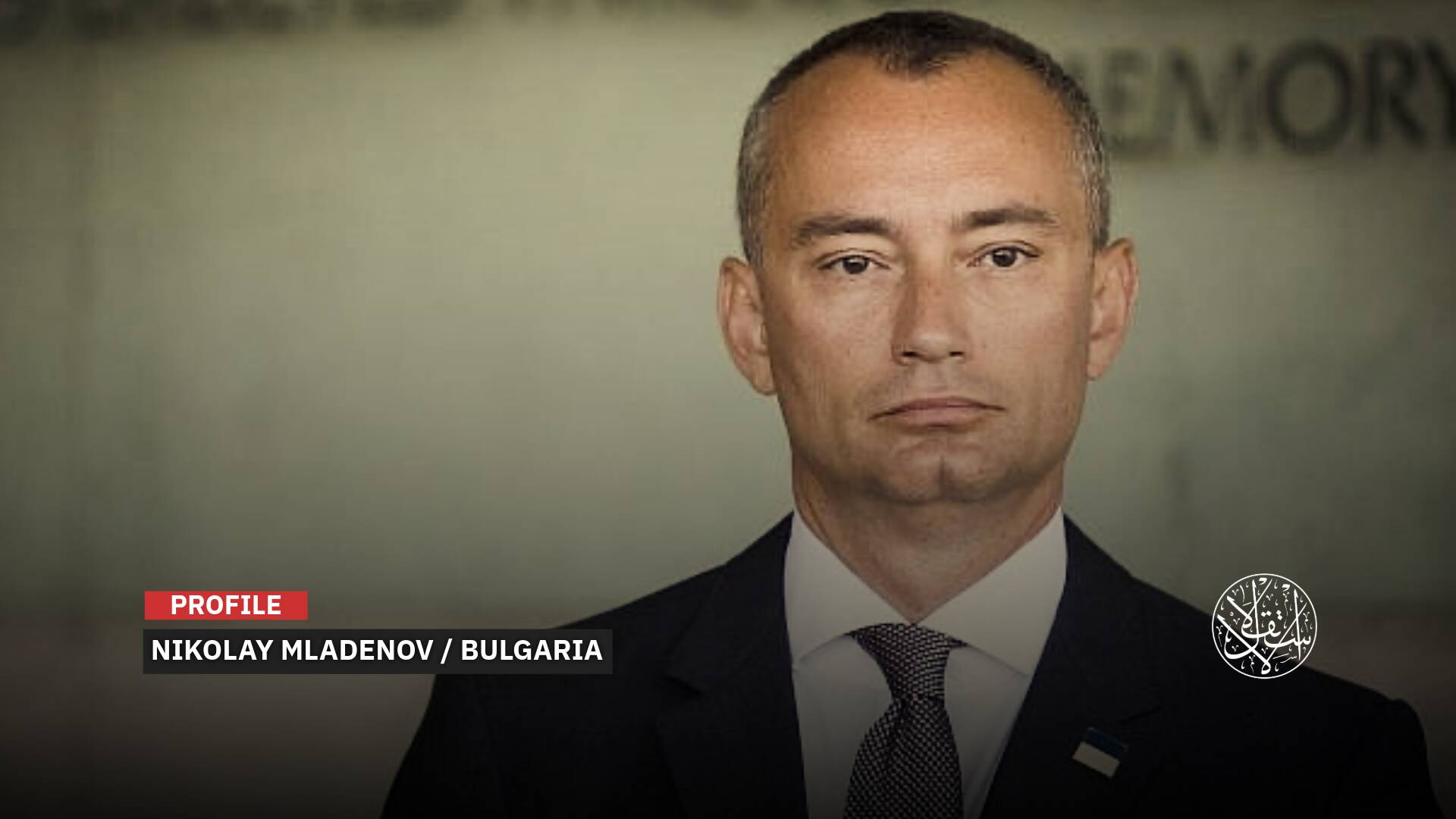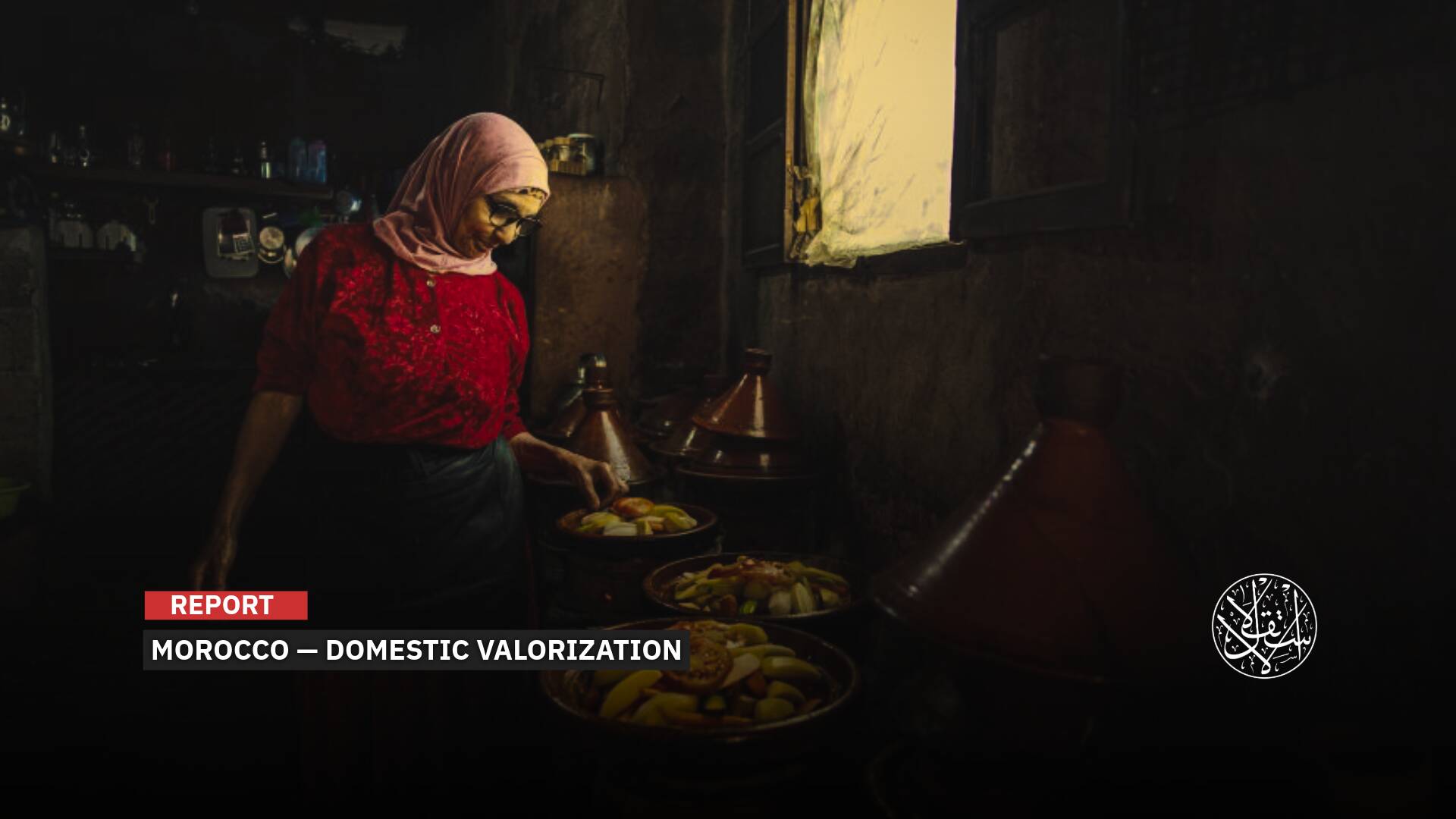How Denmark’s "Ghetto" Policies Are Dismantling Non-White Communities

The UN has labeled Danish ghetto laws as “coercive assimilation.”
In 2018, Denmark introduced a set of laws targeting neighborhoods labeled as “ghettos.” These laws, which garnered broad support from mainstream political parties, aim to address what the government perceives as “deep-rooted social and integrational challenges.” But what exactly do these laws entail, and how do they impact residents?
Each year, the Danish government assesses neighborhoods with at least 1,000 residents. To qualify as a “vulnerable residential area,” an area must meet at least two of four criteria related to residents’ education, unemployment, income, and criminal convictions.
However, if more than half of the residents have non-Western backgrounds, the area is labeled a “ghetto” or, as the center-left government rebranded it in 2021, a “parallel society.”
The ghetto label can be detrimental to a neighborhood. These areas face targeted policies, including housing demolitions, redevelopment, forced evictions, and stricter penalties for crimes committed within their boundaries. Additionally, parents in ghettos are required to send their children to daycare centers.
However, enrollment in daycares within these neighborhoods is capped at 30% for local children. If the percentage exceeds this limit, parents must choose daycare facilities with fewer neighborhood children.
Costly Plan
To implement these laws, the Danish government has allocated $1.45 billion through 2026. Their ultimate goal is to alter the ethnic and economic composition of “ghetto neighborhoods” by 2030.
Supporters argue that these measures are necessary to address integration challenges, emphasizing that non-Western residents should fully embrace Danish culture and language while benefiting from the country’s generous social welfare system.
Opponents view the laws as undermining the social fabric of immigrant and second-generation neighborhoods.
The United Nations High Commissioner for Human Rights has even labeled them as “coercive assimilation.”
Susheela Math, a senior managing litigation officer at the Open Society Justice Initiative, supports a legal challenge against the package, currently before the Court of Justice of the European Union.
The most recent “ghetto” list, published in December 2023, identifies 12 neighborhoods as “parallel societies,” down from 29 in 2018.
Socioeconomic changes, population shifts, and fluctuations in the share of non-Western residents contributed to this update.
These neighborhoods now house approximately 28,600 people, with non-Western residents comprising 53.1% to 77.4%, compared to Denmark’s overall 10.1%.
Majken Felle, a teacher residing in Copenhagen’s Mjolneparken ghetto, emphasizes the cultural diversity within these neighborhoods. “We come from so many cultural backgrounds,” she says, “but our common language is Danish.” Despite challenges, children playing together still converse in Danish.

Daycare Rules
While housing policies related to ghettos often spark protests and lawsuits, the daycare rules have received less attention.
Since 2019, at least 241 children have been enrolled in the compulsory program, and families of 53 toddlers faced benefit cuts for non-compliance.
These figures exclude families who voluntarily enrolled due to the looming threat of legal coercion.
Amani Hassani, a postdoctoral researcher at Brunel University London, delves into the impact of Denmark’s controversial “ghetto laws.”
These policies, aimed at revitalizing disadvantaged neighborhoods, inadvertently create what Hassani terms “displacement pressure.”
As better-resourced families relocate to evade the rules, vulnerable residents are left behind, lacking the community support they once enjoyed.
The genesis of this debate lies in a 2018 proposal by conservative lawmakers to mandate daycare attendance.
Armed with a preliminary study, they argued that bilingual children from non-Western backgrounds performed poorly in language tests at age 3.
Although these children tended to improve by age 6, they still lagged behind their monolingual peers.
The study, based on standardized language assessments, acknowledged potential flaws in assessing bilingual or socially disadvantaged children.
Researchers evaluated pronunciation, object naming, and color recognition, assigning an overall language score.
Critics, including other researchers, caution against relying solely on language tests to justify compulsory daycare.
They argue that these assessments fail to capture the rich tapestry of children’s communication styles.
Moreover, young learners need not progress in Danish at the exact same pace to master the language.
Opposition also surfaced from professional groups, such as the Early Childhood Educators Union and left-wing parties.
They advocated alternative approaches, like incorporating daycare discussions into health worker visits for new parents. Despite these objections, the legislation secured a resounding 78% approval in the Danish parliament.
Ane Halsboe-Jorgensen, a member of the center-left Social Democrats, expressed minimal concern about the mandatory element during the 2018 bill debate. Her priority remains the best interests of the child.
Yet, critics, including childcare workers, parents, and researchers, pinpoint the compulsory aspect as problematic.
Rather than imposing financial penalties on struggling families, they advocate for targeted outreach and incentives.

Empty Daycares
In the bustling port city of Esbjerg, a seemingly well-intentioned rule governing daycare enrollment has had unintended consequences.
Bydelens Bornehus, a daycare center in a neighborhood often labeled as a “ghetto,” grapples with half-empty swings despite a lengthy waitlist of local children.
The issue lies in the 30% quota: no more than 30% of new enrollees can come from vulnerable residential areas, regardless of the center’s capacity or whether a family already has a child enrolled there.
Parents with 1-year-olds on the waitlist find themselves shuttling across town to other centers, sometimes covering distances of up to 8 miles, while they await an opening at Bydelens Bornehus.
Meanwhile, families from non-ghetto areas face no such redistribution restrictions and typically send their children to daycare in their neighborhoods.
Consequently, overall enrollment remains low at Bydelens Bornehus, leaving few opportunities for neighborhood kids.
Manager Michael Frederiksen emphasizes the center’s commitment to meeting children at their core level and providing quality care. However, despite additional training investments, the swings remain empty due to the enforced capacity limits.
Marua, a 22-year-old education student with Turkish and Palestinian heritage, experienced the quota firsthand when enrolling her daughter.
Although she appreciated Bydelens Bornehus’ multicultural and inclusive atmosphere, the 30% rule forced her to seek alternative daycare until a spot opened up months later.
The daycare regulations also reflect a broader strategy: Danish cultural assimilation through state-mandated daycare attendance. Since 2011, bilingual toddlers aged 3 and older must attend daycare if their Danish language skills are deemed insufficient.
This requirement expanded to 2-year-olds in 2016. Notably, English- and German-speaking children are exempt, leading some to view the phrase “bilingual families” as a euphemism for Muslim immigrants.
Ultimately, these rules serve as a stark reminder for non-white parents, particularly Muslims, of the social othering their children may encounter as they grow up in Denmark. The laws hint at a community-building process that falls short within certain housing areas, perpetuating the idea of parallel societies.











